Imagine a scene straight out of a Hollywood movie – a quiet night, a prestigious museum, and a daring heist. This isn’t fiction, it’s the reality of the world’s largest unsolved art theft.
The infamous Gardner Museum heist is a mystery that continues to baffle investigators and art enthusiasts alike.
On the night of St. Patrick’s Day, two amateur criminals, posing as police officers, duped their way into the museum.
They then proceeded to cut masterpieces from their frames, leaving behind a trail of destruction and bafflement. They escaped with 13 priceless artworks, including works by Vermeer, Rembrandt, Manet, and Degas.
In this article, we’ll delve into the details of this heist and four other audacious art thefts that have left an indelible mark on art history.
So, buckle up for a thrilling journey into the world of art crimes and the mysteries they’ve left unsolved.
5 Biggest Art Heist in History Boston
While Boston has been home to notable art thefts, one of the most infamous occurred in 1990 at the Isabella Stewart Gardner Museum, marking one of the largest art heists in history:
The art world has been the stage for some of history’s most daring and infamous heists, and Boston has its own share of captivating tales involving stolen masterpieces.
Here are five of the biggest art heists to have taken place in Boston:
1. Isabella Stewart Gardner Museum Heist (1990)
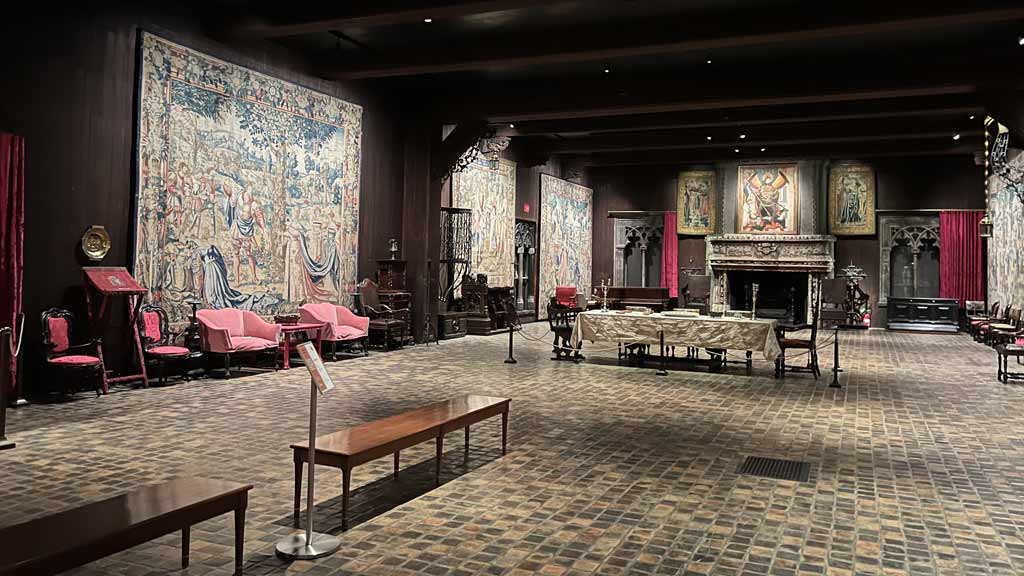
Perhaps the most notorious art heist in Boston’s history, and indeed one of the most famous worldwide, is the theft from the Isabella Stewart Gardner Museum.
On March 18, 1990, two men dressed as police officers gained entry to the museum, claiming to be responding to a disturbance call.
They proceeded to tie up the security guards and spent 81 minutes stealing 13 pieces of art, including works by Vermeer, Rembrandt, and Degas.
To this day, the whereabouts of the stolen artwork, valued at over $500 million, remain unknown, and the empty frames serve as haunting reminders of this audacious crime.
2. Theft from the Massachusetts Historical Society (1975)
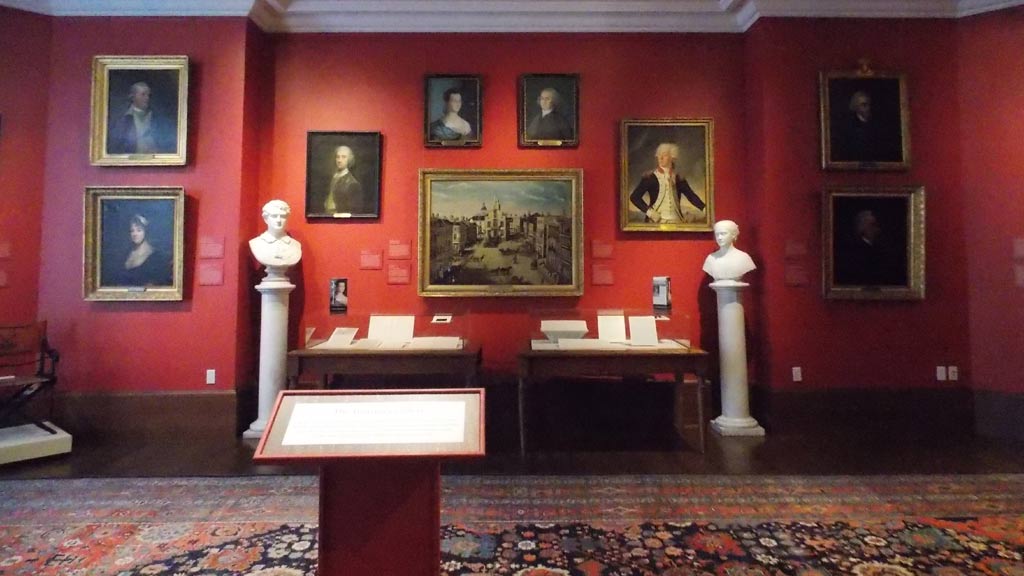
In 1975, the Massachusetts Historical Society fell victim to a significant art theft when thieves made off with a collection of historical artifacts, including a silver tea set given by Paul Revere to his daughter, as well as several rare colonial documents.
The stolen items were valued at around $300,000, and despite extensive investigations, many of the stolen pieces were never recovered.
3. Theft from the Boston Public Library (1978)
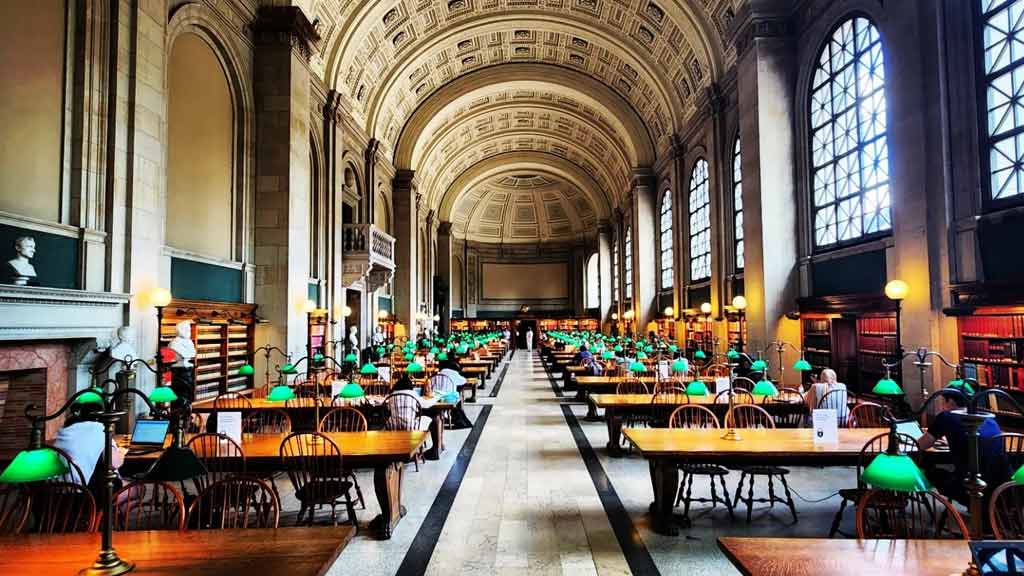
The Boston Public Library suffered a substantial loss in 1978 when thieves stole a collection of rare and valuable prints and drawings.
The stolen items included works by Albrecht Dürer and Rembrandt, among others, with an estimated value of over $300,000.
Despite efforts by law enforcement, the stolen artwork was never recovered, leaving a gap in the library’s collection and a mystery unsolved.
4. Theft from the McMullen Museum of Art (1975)
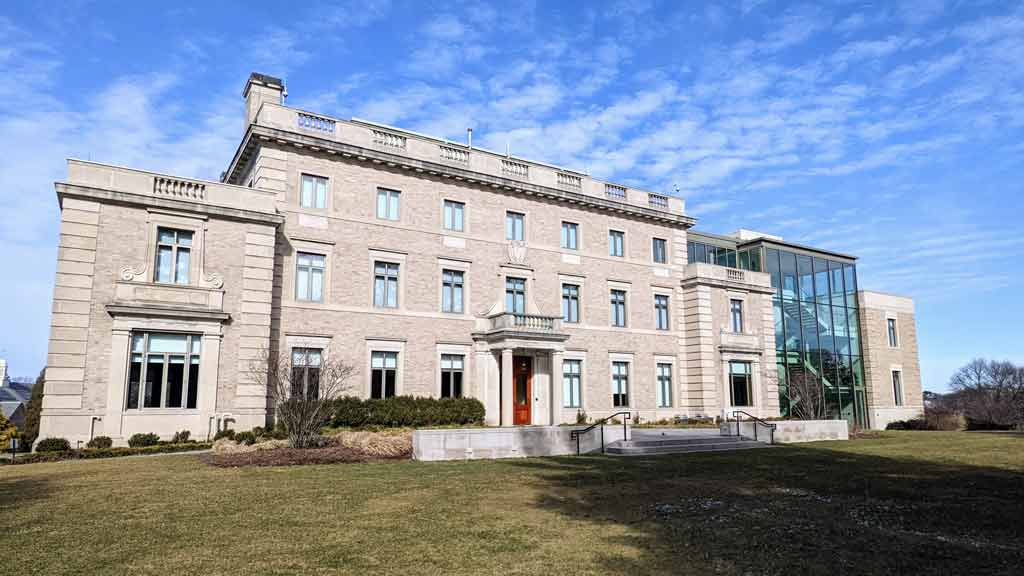
In 1975, the McMullen Museum of Art at Boston College was targeted by thieves who made off with several valuable paintings, including works by Dutch masters Jan van Goyen and Salomon van Ruysdael.
The stolen artwork was valued at around $150,000, and although some pieces were later recovered, others remained missing, leaving a lingering sense of loss for the museum.
5. Theft from the Museum of Fine Arts (1972)
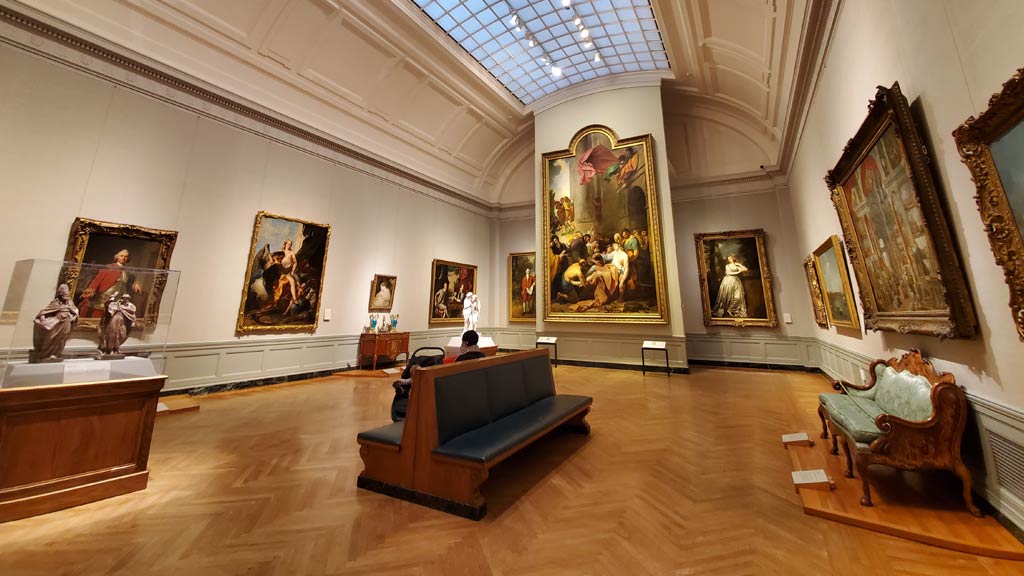
The Museum of Fine Arts in Boston experienced a significant art theft in 1972 when thieves stole a valuable collection of Chinese artifacts, including jade and other precious items.
The stolen pieces were valued at over $300,000, making it one of the largest art thefts in Boston’s history at the time.
Despite investigations by law enforcement, the stolen artifacts were never recovered, leaving a gap in the museum’s collection and a reminder of the vulnerability of cultural institutions to theft.
What Other Art Heists Have Occurred in Boston?
While Boston is known for some high-profile art heists like the infamous robbery at the Isabella Stewart Gardner Museum, several other smaller-scale art thefts have also occurred in the city over the years.
Here are a few notable instances:
Theft from the Worcester Art Museum (1972)
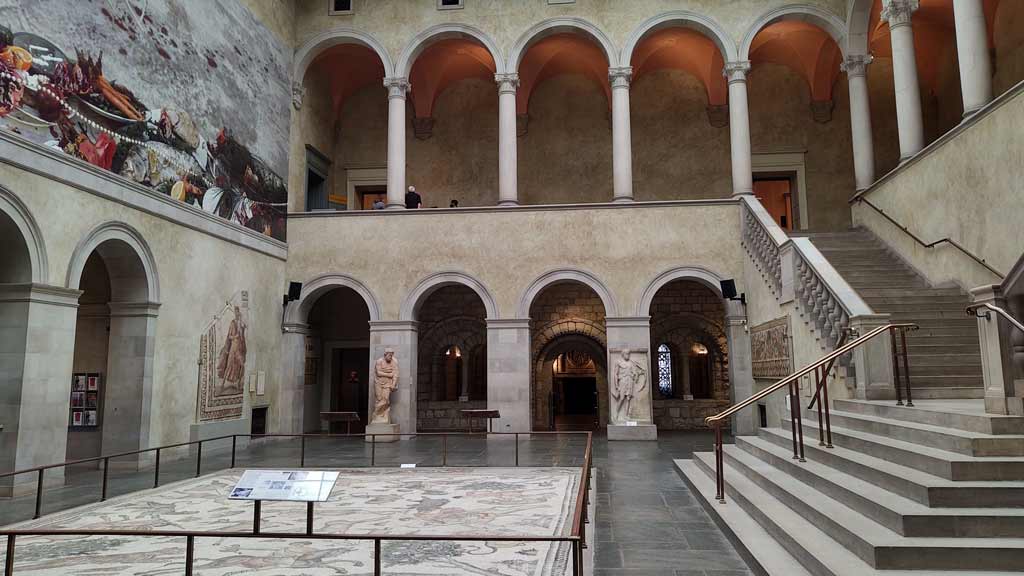
In 1972, the Worcester Art Museum fell victim to a brazen theft when a group of thieves stole a collection of Chinese artifacts worth over $300,000.
The stolen items included jade sculptures, porcelain vases, and other valuable pieces. Despite extensive investigations, the stolen artifacts were never recovered, leaving a gap in the museum’s collection and a sense of vulnerability within the art community.
Theft from the Harvard University Art Museums (1974)
Harvard University’s prestigious art museums were targeted in 1974 when thieves stole several valuable paintings and sculptures from their collections.
The stolen artwork included pieces by renowned artists such as John Singer Sargent and Winslow Homer, with an estimated value of over $1 million.
Despite efforts by law enforcement, the stolen pieces were never recovered, leaving a lasting impact on the university’s art holdings.
Theft from the Museum of Fine Arts (1976)
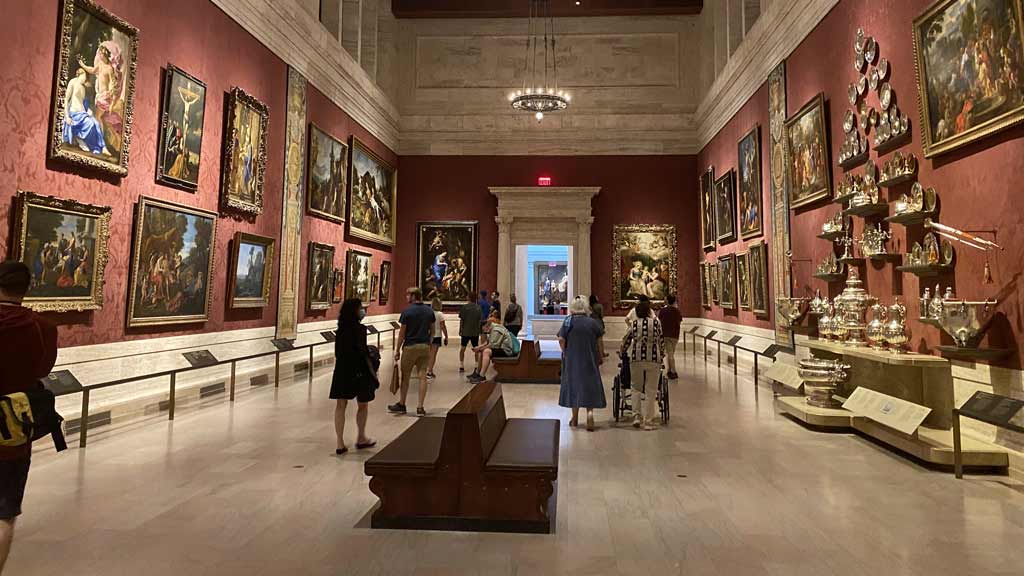
In 1976, the Museum of Fine Arts in Boston experienced another significant art theft when thieves stole a collection of European paintings valued at over $500,000.
The stolen artwork included works by Old Masters such as Titian and Rubens, as well as several Impressionist pieces.
Despite investigations by law enforcement, the stolen paintings were never recovered, leaving a void in the museum’s collection and underscoring the need for enhanced security measures.
Theft from the Boston Athenaeum (1983)
The Boston Athenaeum, one of the oldest independent libraries in the United States, was targeted by thieves in 1983 when several rare books and manuscripts were stolen from its collections.
The stolen items included early editions of works by Shakespeare and other notable authors, as well as historical documents dating back to the colonial period.
Despite efforts to track down the stolen items, many of them remain missing, leaving a gap in the Athenaeum’s archives and a sense of loss within the literary community.
Frequently Asked Questions
What is the Isabella Stewart Gardner Museum heist?
This heist occurred in Boston at the Isabella Stewart Gardner Museum in 1990. In one of the largest-value thefts of private property in history, 13 works totaling around $500 million were stolen.
Who were the early suspects of the heist?
Richard Abath and Randy Hestand were among the initial suspects. However, their involvement remained unproven and the investigation later turned towards mob connections, like Whitey Bulger and the Merlino gang.
Is there a reward for information about the heist?
Yes, there is a reward of $10 million for information leading to the recovery of the stolen artwork, marking the importance of the task and ongoing efforts to restore these cultural treasures.
What artworks were stolen in the heist?
Many notable artworks were stolen, with highlights including Vermeer’s “The Concert,” Rembrandt’s “Christ in the Storm on the Sea of Galilee,” and works by Manet. In total, 13 pieces were stolen.
How has this heist impacted popular culture?
The heist has taken a strong hold in popular culture, spawning books, documentaries and even a Netflix series, ‘This is a Robbery: The World’s Biggest Art Heist’. The case continues to intrigue people around the world.
What do the empty frames at the museum signify?
The empty frames left hanging in the Isabella Stewart Gardner Museum serve as a stark reminder of the loss and a symbol of hope for the art’s eventual return.
Jaclyn Lowe